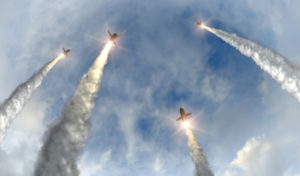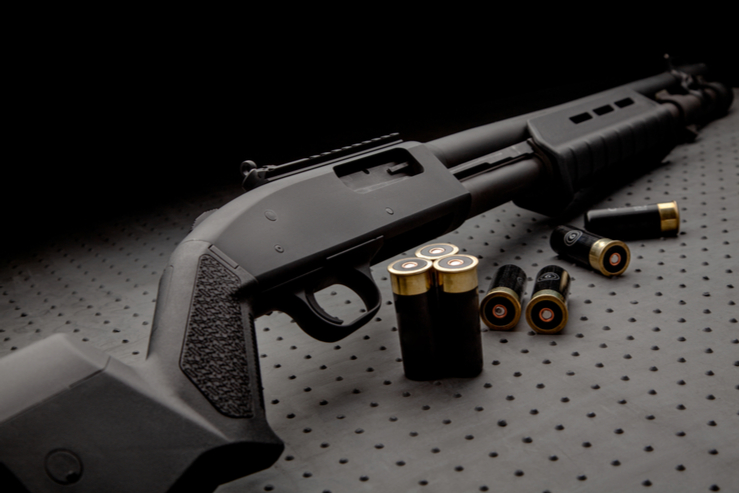 Historically, missile defense capabilities have always seemed to chase the advancements of Intercontinental Ballistic Missiles (ICBM), never really the other way around. The Missile Defense shield, which has about as much of a chance of success as a flip of a coin, could become obsolete once hypersonic weapons are a reality. Both Russia and China currently have ongoing hypersonic weapons development programs, and several other countries have shown interest as well.
Historically, missile defense capabilities have always seemed to chase the advancements of Intercontinental Ballistic Missiles (ICBM), never really the other way around. The Missile Defense shield, which has about as much of a chance of success as a flip of a coin, could become obsolete once hypersonic weapons are a reality. Both Russia and China currently have ongoing hypersonic weapons development programs, and several other countries have shown interest as well.
Experts at the Missile Defense Agency (MDA) are taking a hard look at boost phase intercepts to counter missiles with decoys and multiple warheads, and the emerging hypersonic threat. During its boost phase, a missile’s exhaust is bright and hot, easily detected by radar, and traveling at their slowest speeds as they climb through the earth’s atmosphere. The window however is very small, usually one to five minutes before the missile’s boosters burn out and it coasts in space towards its target. This is where a missile deploys defensive countermeasures like multi-warheads and decoys making them more difficult to intercept.
Recent news of a test conducted by MDA suggests an F-35 armed with an Advanced Medium Range Air to Air Missile (AMRAAM) could take out a North Korean ICBM. The test sheds light on the military’s interest in booster phase intercepts. But Rear Adm. Jon Hill, deputy director of MDA points out that range and the seeker capability of the AMRAAM has limitations.
Would the F-22 Raptor be a better fit for this job? The F-22 is currently going through an incremental $3.2B upgrade which will double its current kill range. Part of the upgrade will arm the Raptor with the new satellite-aided AIM-120D air to air missile which boasts an increased range of 50% over the F-35’s AIM-120C7 missile. When seconds matter, the F-22 is not only faster with a speed of Mach 2.3 compared to the F-35’s Mach 1.7, but it also has a clear advantage in range (F-22 range 1,839 miles – F35 1,379 miles). The F-22 is also better in dogfights and will be able to defend itself in the enemy territories where boost phase intercepts will likely take place. Until a new long-range engagement weapon (LREW) with a ramjet engine surfaces, or a laser-armed drone is built, the F-22 seems best fit for the job. The only set back would be that the F-22 does not have a Distributed Aperture Sensor (DAS) so it would need extended targeting data shared through its data links. The ability to share that data will be part of the “Update 6” software adjustment that will allow the F-35 and F-22 to link their sensor packages.
The US and South Korea have one last military exercise planned in 2017, and it’s likely to put the fear into North Korea. The US will send F-22 and F-35 stealth jets, which North Korea cannot detect or track.



